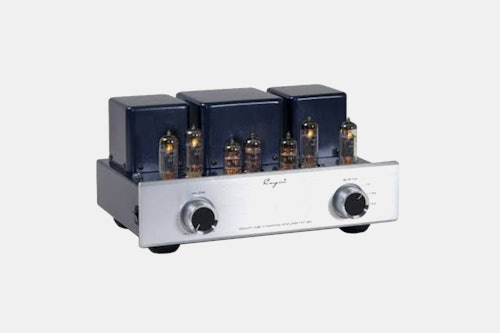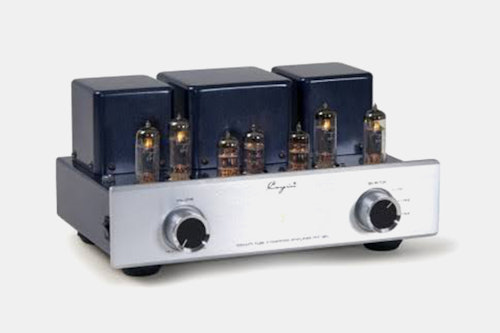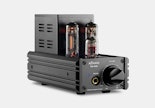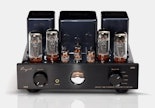Click to view our Accessibility Statement or contact us with accessibility-related questions$853$853

 VIEW 7 MORE
VIEW 7 MORE
 VIEW 2 MORE
VIEW 2 MORE
 VIEW 1 MORE
VIEW 1 MORE
Cayin MT-12N EL84EH Integrated Amplifier
$479
Cayin MT-12N EL84EH Integrated Amplifier
bookmark_border
$479
Ready to Ship
●
Members who purchase earn
479
Drop Rewards
Frequently bought together:
Want to know something about this product or how to use it?
Ask the community!
Ask the community!
Sort by: Newest
keyboard_arrow_downArcGIS
0
Mar 2, 2021
I almost bought this but unfortunately it is a Push Pull design which lacks even order harmonics. That means that even though these designs give you more tube watts for your dollar, they have much less tube euphonic sound which is the even order harmonics. You can google this yourselves.
cash1489
95
Apr 12, 2021
That's a very narrow view of SE vs. PP tube amps. Many highly regarded tube amps on the market today are Push-Pull designs...both types have pros and cons..
CForsythe
27
Feb 27, 2021
The b&w are not very efficient speakers I don’t think 9 watts per channel would be enough power for them.
(Edited)
Aegis700
19
Mar 1, 2021
Would this be enough power for 92 db sensitivty Martin Logan Motion 15 speakers?

Fayne
2603
Apr 1, 2021
Sorry about the late response. I'd expect that this amp would have no problems with the Motion 15s. It has been driving my 88dB JBL Studio 570 speakers rather nicely. I wouldn't use it in a large room, but for a bedroom or small living room it gets rather loud.

Jefffeith
29
Oct 20, 2022
Voltage question: It's my understanding that many amps manufactured in China are meant to work at 110V. This amp has a sticker on the back that says 120V. The description for the amp states 110V. Does anyone know if the sticker really means it can run safely at 120V - or if it's just a sticker? Voltage at my house and my neighbors runs high at about 125V for some reason and I'm concerned about the amp overheating. Also, is it possible the amp is really meant to operate at 110V and using a voltage regulator is the answer? Would running the amp using a voltage regulator set to 110V damage the amp? Thanks in advance!

MuscleGeek
2
Oct 25, 2022
The US should have dropped the 110V designation in the mid to late 80's. Voltages in the US used to be 110V but have been standardized as 120V for nearly the last 30 years. Unfortunately many people and companies use the terminology interchangeably. They should not, they should only be using 120V. Your voltage can easily deviate +/-10% from this with no issues (other than slightly more or slightly less current being pulled depending on the voltage sag or overage). You do not need any regulator, just plug it in if you are in the US. It is a 120V device that is just improperly marked.






